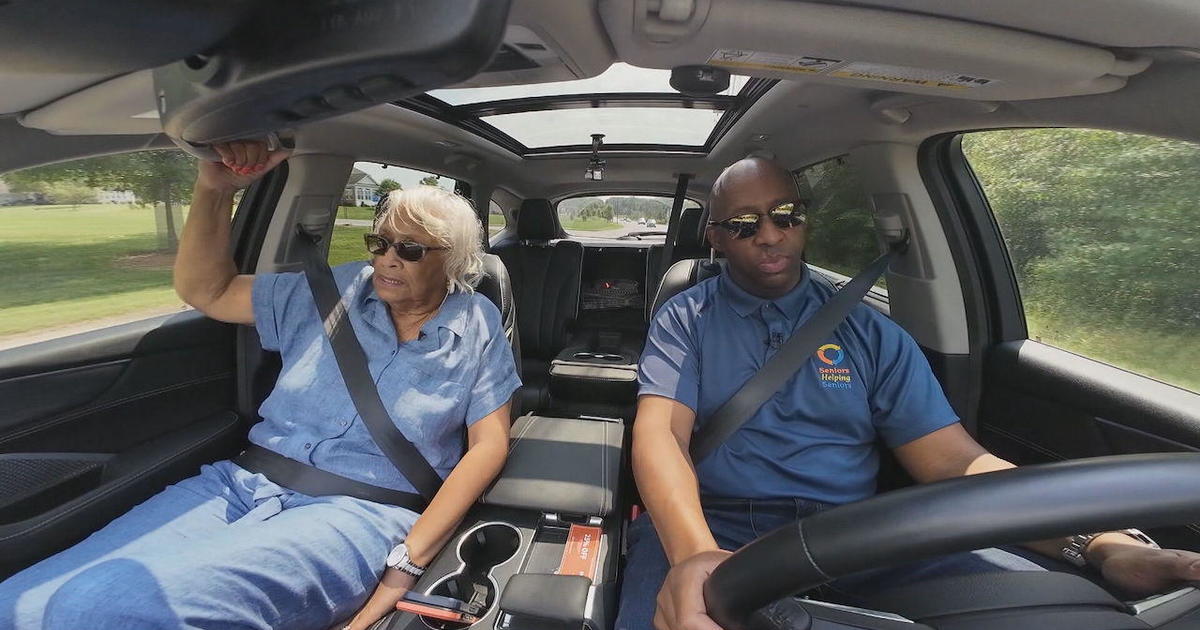Summary
At 85, Vonciel Gray decided to stop driving after a stressful experience, joining millions of older Americans facing a loss of independence. Her son, Kurt, a traffic safety expert, helps families navigate the difficult conversation about when to stop driving.
With an aging population, experts warn of a “mobility gap” as older adults seek alternatives to driving.
Joseph Coughlin’s MIT Age Lab explores how vehicle technology can aid or distract older drivers, yet acknowledges that tech can’t always replace the need for older adults to relinquish their keys for safety.



My semi-rural county has a separate transit system for this population. You call on scheduled days to go to the grocery, pharmacy, medical center, etc. On pharmacy day they then pick up everyone who scheduled, at their house like a school bus, and go the pharmacy for however long it takes to let everyone do their business before returning them home.
How does that work with doctors appointment. I doubt everyone could get it scheduled for the same day and it would take very long for everyone to have an appointment especially if there are tests and such.
The retirement community my elderly uncle lived in worked with a local hospital that would schedule all the appointments for the same day, around the same time. They had almost every specialty in the same building so the residents could see the various doctors they needed. But if you had your own doctor at a separate place, you could schedule it ahead of time and they would drive you there. However this was a high-end community that cost a lot, so I’m sure if cheaper places would offer the same options.
To be honest, I have no idea. I don’t know all the particulars, just the broad strokes and that my couple elderly neighbors that use it seem to really value it.
Nice! Come to think of it there are some other transport services around here, as well. I tend to ride my bike most anywhere I want to go, so I don’t think about all the other options.